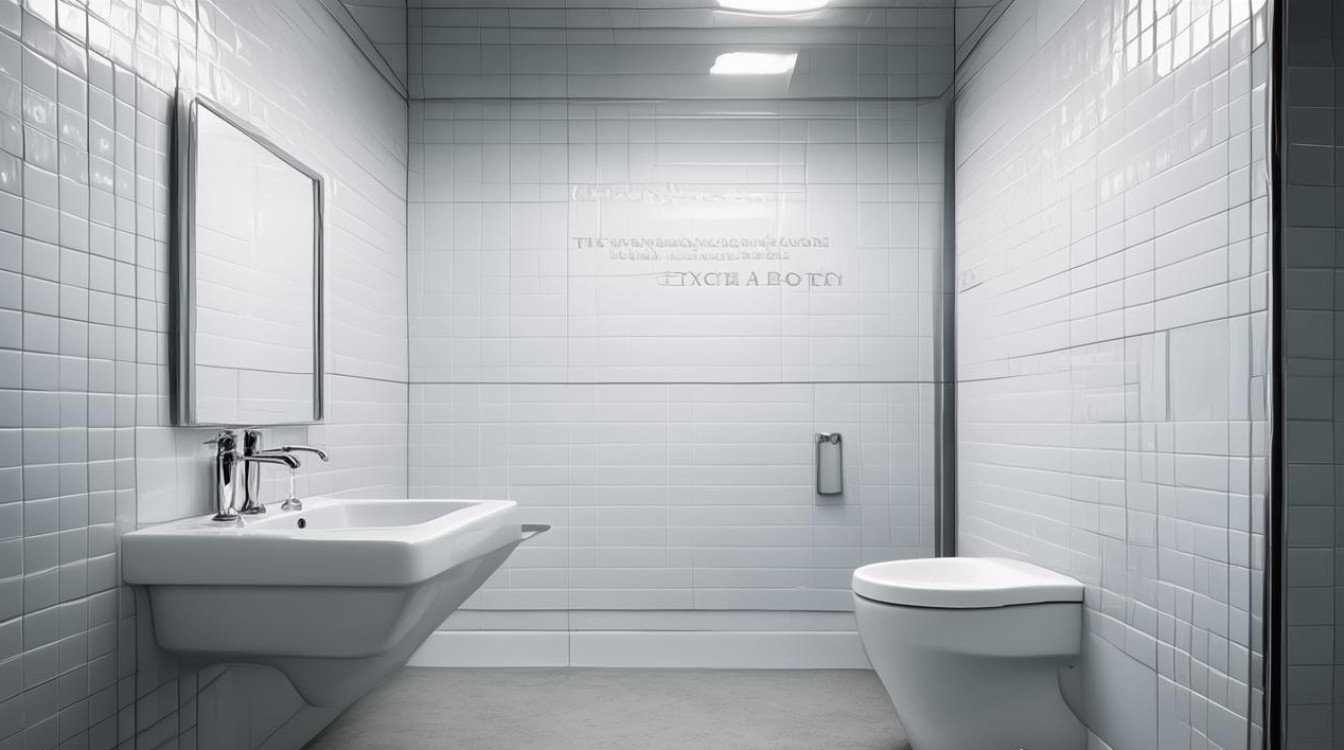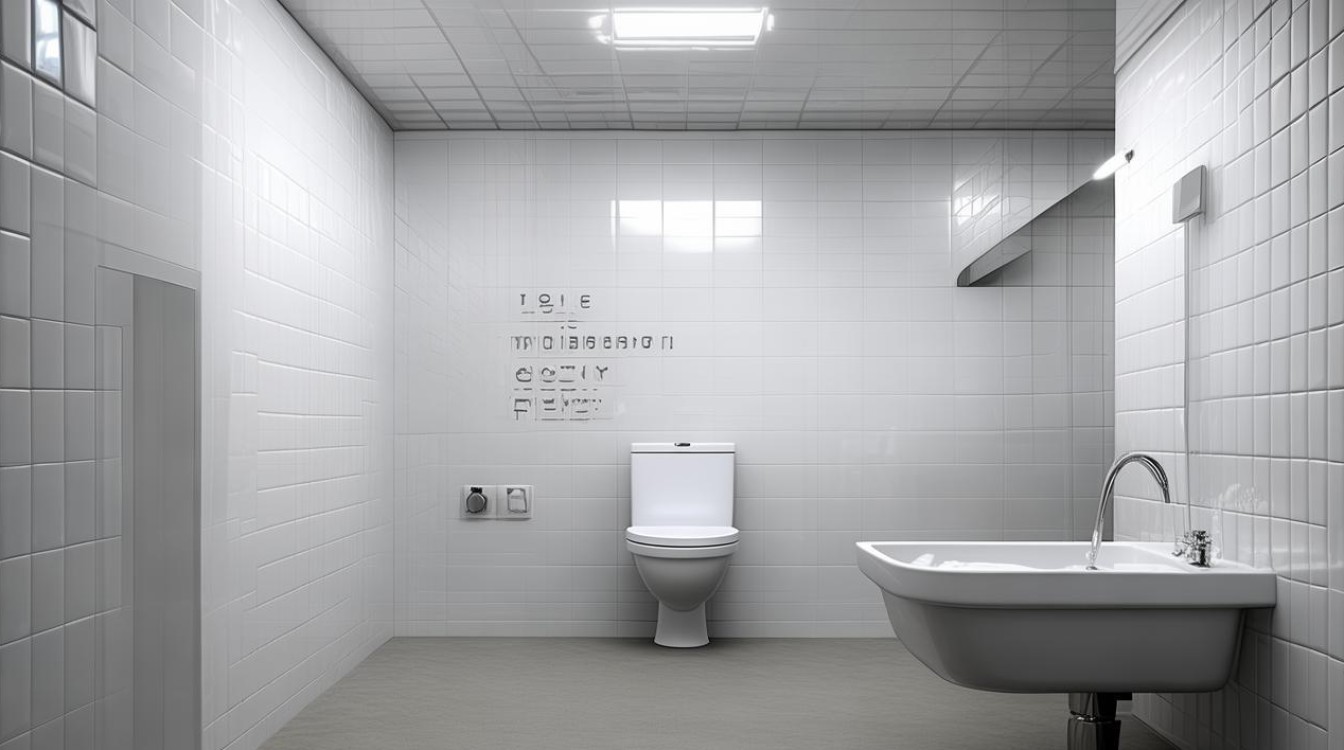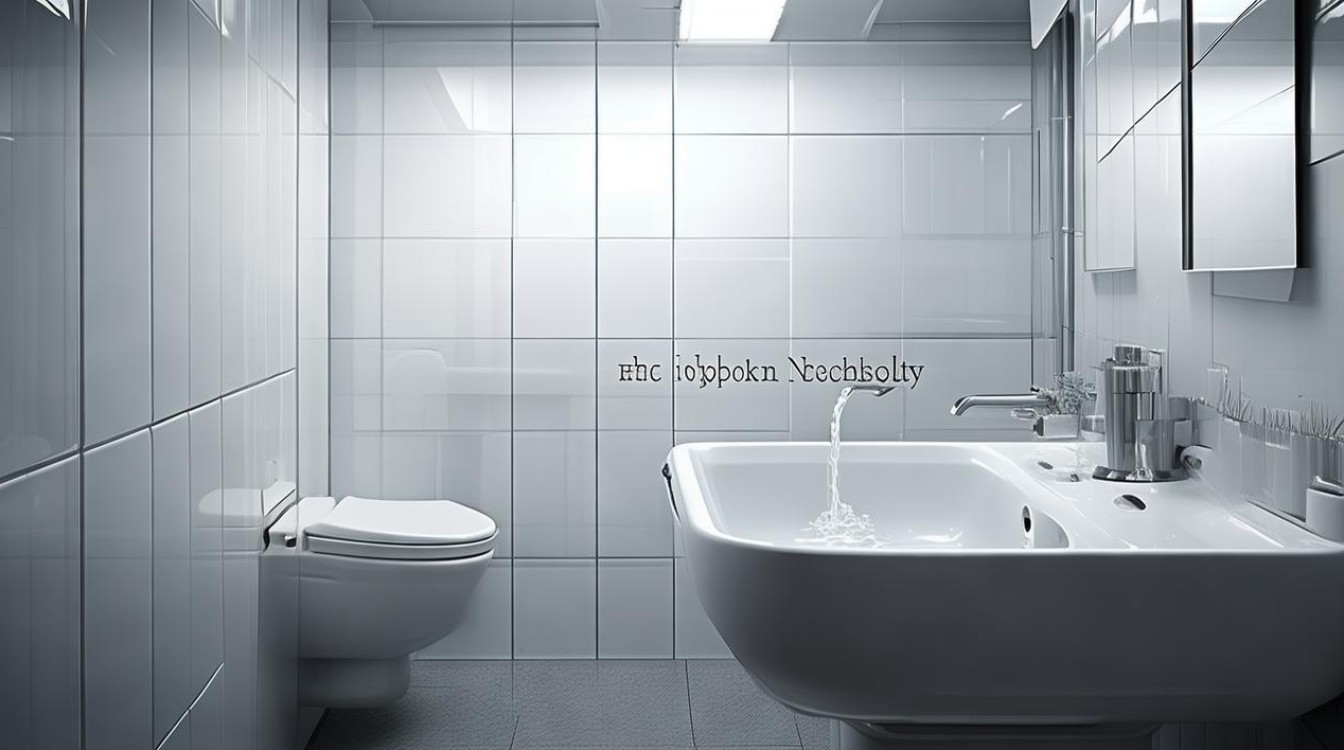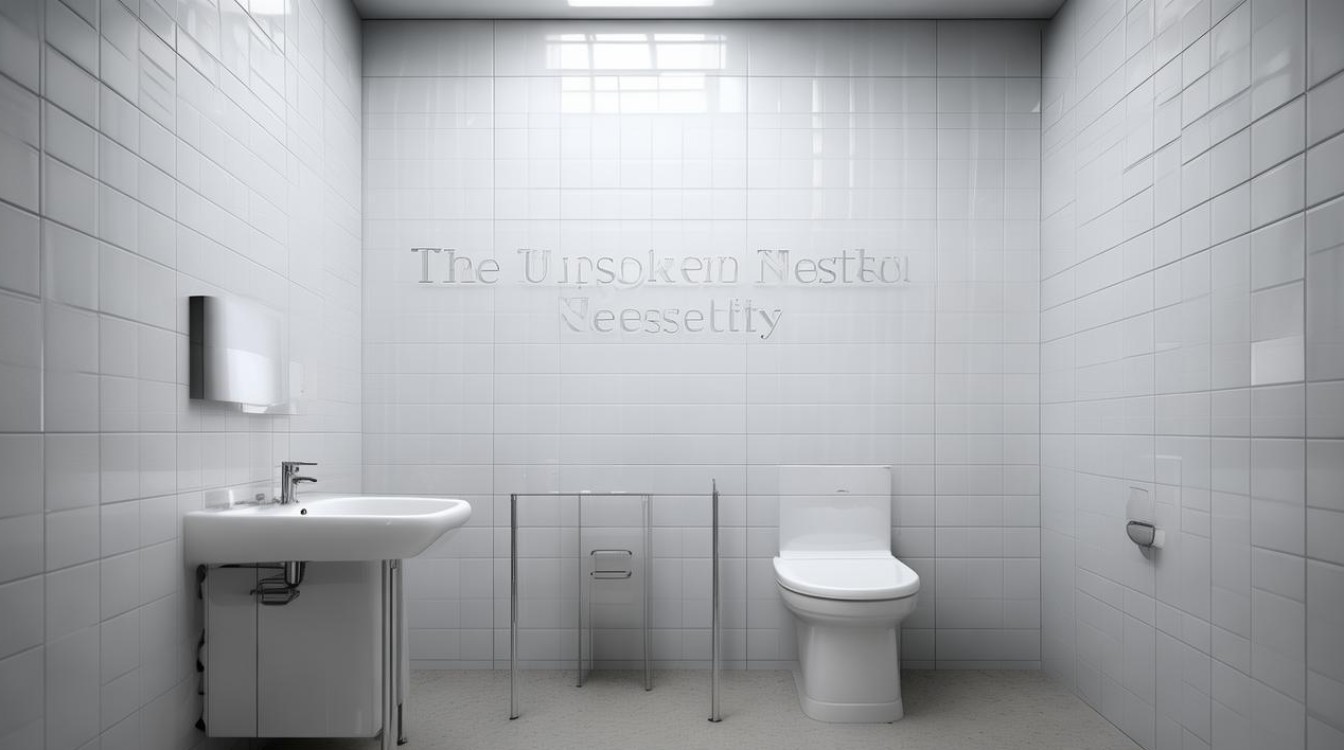Public restrooms are often overlooked spaces, yet they play a crucial role in daily life. These facilities serve as sanctuaries of privacy and hygiene, reflecting societal values and cultural norms. While some may dismiss them as mundane, a closer look reveals fascinating insights into design, functionality, and human behavior.

The Evolution of Restroom Design
Modern public restrooms have come a long way from their primitive predecessors. Early civilizations used simple pits or communal latrines, but today’s facilities prioritize cleanliness, accessibility, and efficiency. Architects now focus on materials that resist bacteria, touchless fixtures to minimize contamination, and layouts that ensure privacy without sacrificing space.
In many countries, restroom designs also reflect cultural attitudes. Japan, for example, is renowned for high-tech toilets with heated seats and bidet functions. In contrast, European cities often emphasize water conservation with dual-flush systems. These differences highlight how restrooms adapt to local needs and environmental concerns.
Hygiene: A Cornerstone of Public Health
A well-maintained restroom is more than just a convenience—it’s a public health necessity. Proper sanitation prevents the spread of diseases, making handwashing stations, soap dispensers, and waste disposal systems essential. Studies show that inadequate restroom hygiene contributes to illnesses, underscoring the importance of regular cleaning and maintenance.

Businesses and municipalities that invest in clean facilities demonstrate responsibility toward visitors. A spotless restroom can enhance a company’s reputation, while a neglected one may drive customers away. This connection between hygiene and public perception reinforces why restroom upkeep should never be an afterthought.
Accessibility and Inclusivity Matters
An inclusive restroom accommodates everyone, regardless of physical ability or gender identity. Laws in many regions now mandate wheelchair-accessible stalls, grab bars, and spacious layouts for ease of movement. Beyond physical accessibility, gender-neutral restrooms are gaining traction, offering safe spaces for transgender individuals and families with young children.
Forward-thinking establishments recognize that inclusivity isn’t just about compliance—it’s about respect. By designing restrooms that serve diverse needs, businesses foster a welcoming environment for all patrons.

Psychological and Social Dimensions
Restrooms also reveal subtle aspects of human psychology. Many people feel vulnerable in these spaces, preferring stalls that offer maximum privacy. The unspoken etiquette—avoiding eye contact, minimizing noise—shows how society navigates shared yet intimate environments.
Interestingly, restroom behavior varies across cultures. In some places, conversations in restrooms are common, while in others, silence prevails. These nuances highlight how deeply ingrained social norms shape even the most routine activities.
Environmental Considerations
Sustainability is reshaping restroom design. Low-flow faucets, LED lighting, and recycled materials reduce environmental impact. Some facilities even use composting toilets or greywater systems to conserve resources. As eco-consciousness grows, expect more innovations aimed at minimizing waste without compromising comfort.

Final Thoughts
Public restrooms may not be glamorous, but their significance is undeniable. From hygiene to inclusivity, these spaces mirror societal progress and challenges. Next time you step into a well-designed restroom, take a moment to appreciate the thought and effort behind its existence—because even the simplest conveniences can make a world of difference.

